Results
-
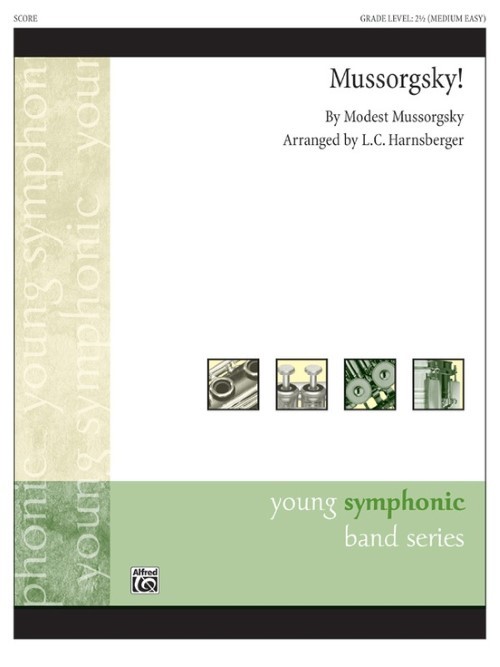 £52.95
£52.95Mussorgsky! (Concert Band - Score and Parts) - Mussorgsky, Modest - Harnsberger, L. C.
Modest Mussorgsky (1839--1881) was a relatively unknown composer during his lifetime, but some of his works are among today's best-known pieces in concert halls and films. His orchestral work Night on Bald Mountain was immortalised by Walt Disney in Fantasia, and Pictures at an Exhibition is one of the most performed pieces by symphony orchestras. Selections from these two pieces are wonderfully transcribed for young band in Mussorgsky! The arrangement begins with the mystical opening from Night on Bald Mountain which transitions to the hauntingly beautiful conclusion of that same work. To conclude is the Great Gate of Kiev from Pictures at an Exhibition which is one of music literature's most inspiring moments.Duration: 3.00
Estimated dispatch 7-14 working days
-
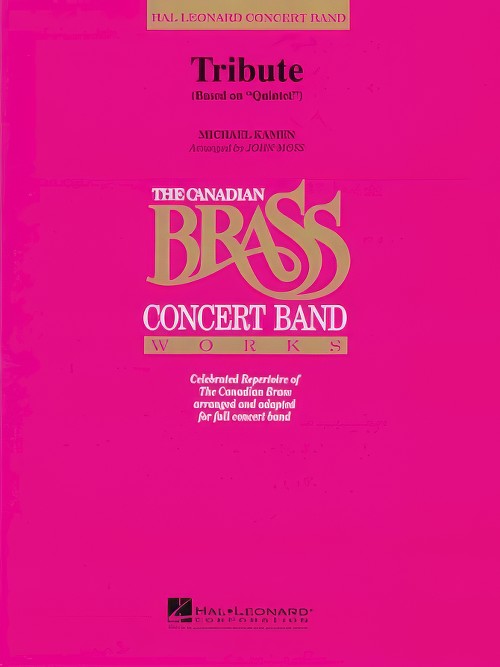 £60.99
£60.99Tribute (based on Quintet) (Concert Band - Score and Parts) - Kamen, Michael - Moss, John
The music world lost one of its distinctive voices with the passing of composer Michael Kamen. Known primarily for his extraordinary film scores, Michael was also a tremendous advocate for school music programs. One of his final compositions, this work (originally titled Quintet) commissioned by the Canadian Brass was retitled Tribute after his death. It has been beautifully scored for band by John Moss.Duration: 4:00
Estimated dispatch 7-14 working days
-
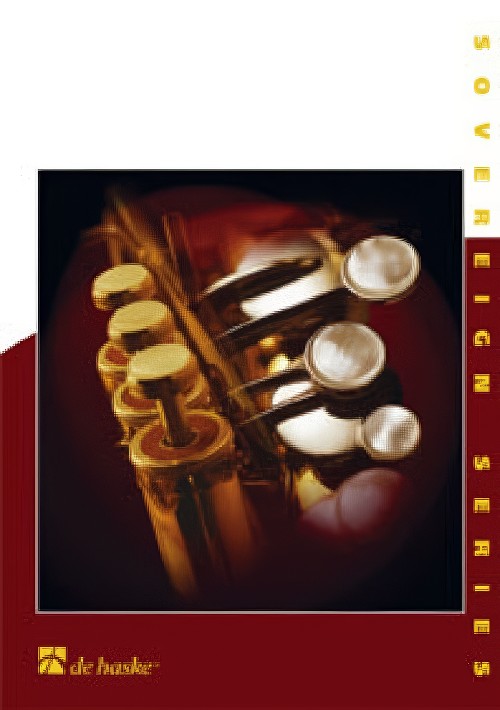 £134.99
£134.99Milestone Overture (Concert Band - Score and Parts) - Brosse, Dirk
This work was written at the pivotal point of both two centuries and two millennia. With its hopeful melodies and triumphant parts in the brass section, the opening pictures the dawning of a new era of great expectations, characterized by the high speed of communicating all over the world, which is one of the most important aspects of life in the 21st century. This is achieved by musical themes being rapidly transferred from one musician to another. In this vortex of information and fast business transactions, the sense of individuality threatens to become extinct. At this point, Brosse silences the orchestra (a symbol of society) and draws attention to those people who are less fortunate than most of us. This focus on other people culminates with an orchestral climax in which all powers come together with a feeling of euphoria.Duration: 7:45
Estimated dispatch 7-14 working days
-
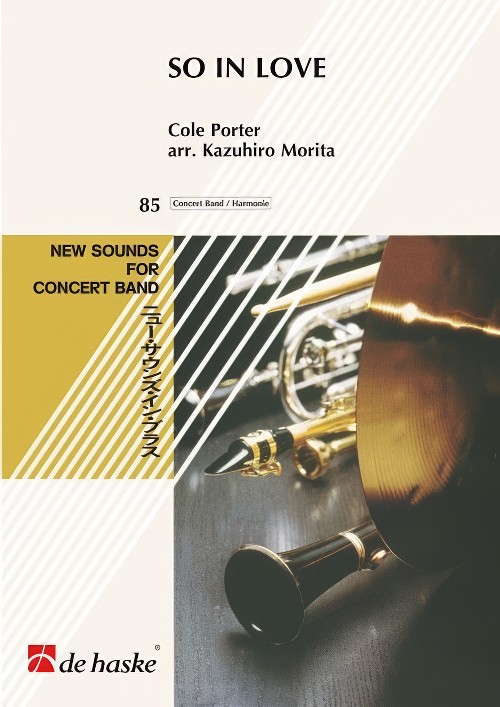 £104.99
£104.99So in Love (Concert Band - Score and Parts) - Porter, Cole - Morita, Kazuhiro
Cole Porter was one of the great masters of Broadway musicals during the thirties, forties and fifties, with So in Love, from the musical Kiss Me Kate, being one of his best loved works. It has been recorded by many artists including Bing Crosby, Lulu, Shirley Bassey and Julie Andrews, however it is the Ella Fitzgerald version that is best known. This jazzy musical classic can now be enjoyed by your brass band with this excellent arrangement.Duration: 5:30
Estimated dispatch 7-14 working days
-
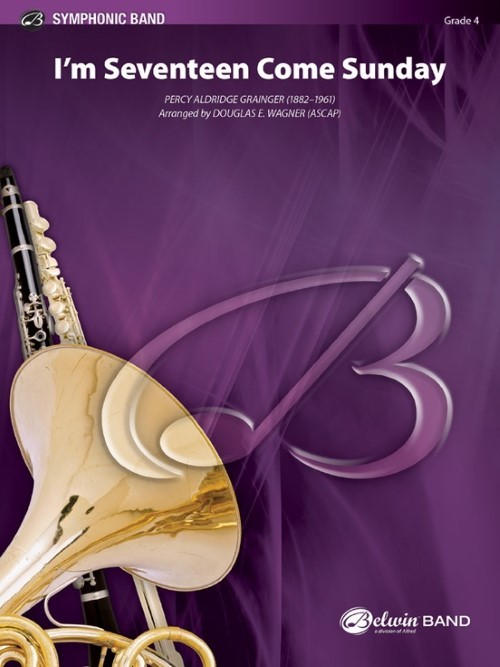 £87.00
£87.00I'm Seventeen Come Sunday (Concert Band - Score and Parts) - Grainger, Percy Aldridge - Wagner, Douglas E.
Australian-born Percy Grainger developed into one of the most sensationally successful concert pianists of the early 1900s. As a composer and arranger, he is perhaps best known for his work with folk music. Number eight in Grainger's British Folk-Music Settings series, "I'm Seventeen Come Sunday" is actually an amalgam of two English folk songs -- the main tune collected by Grainger in 1905, from Lincolnshire, and a variant of a tune collected by Cecil J. Sharp in 1912, from Somerset. Welcome Douglas Wagner's sensitive setting of one of Grainger's best-known works.Duration: 3.00
Estimated dispatch 7-14 working days
-
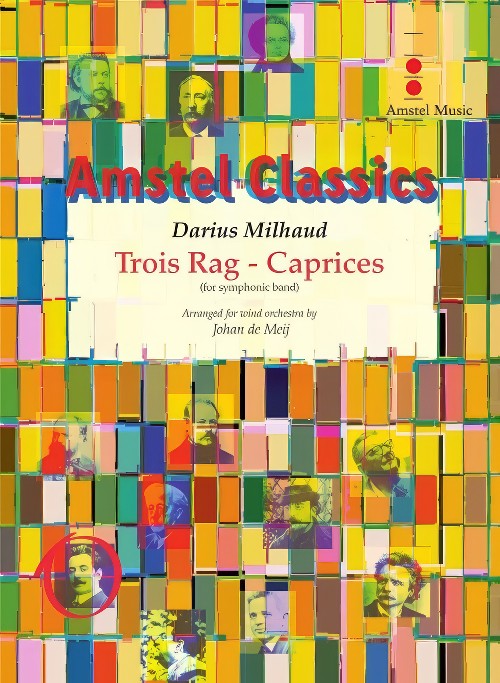 £148.00
£148.00Trois Rag - Caprices (Concert Band - Score and Parts) - Milhaud, Darius - De Meij, Johan
The French composer Darius Milhaud (1892-1974) was a member of the Groupe des Six. This group of six composers gathering Honegger, Poulence, Auric, Durey, Tailleferre and Milhaud, imitated Erik Satie by revolting against the deeply rooted traditional conventions of that time. They reacted against impressionism (Debussy) and romanticism (Wagner, Mahler) and felt very strongly about the music of Satie and Stravinsky. Milhaud's most popular work is undoubtedly the ballet La Creation du Monde, one of the most striking examples of jazz influences in classical music. The premiere at the Theatre des Champs Elysees in October 1923 caused a real scandal with the Paris public. The Trois Rag-Caprices for piano were composed one year earlier, in the summer of 1922, and could be considered as a kind of preliminary sketch for La Creation du Monde. There are indeed clear similarities between both compositions as to the rhythmical and harmonic aspects. The Trois Rag-Caprices were orchestrated for symphony orchestra by Milhaud himself some time later. The same happened to Saudades do Brasil (1920), a piano composition punctuated with Latin-American influences, which was written after his stay in Rio de Janeiro (1917-18) exactly as his ballet Le Boeuf sur le Toit. Johan de Meij's orchestration of Trois Rag-Caprices for symphonic band is a most welcome addition next to the original band works of Milhaud, such as Suite Francaise (1945) and West Point Suite (1951).Duration: 8.00
Estimated dispatch 7-14 working days
-
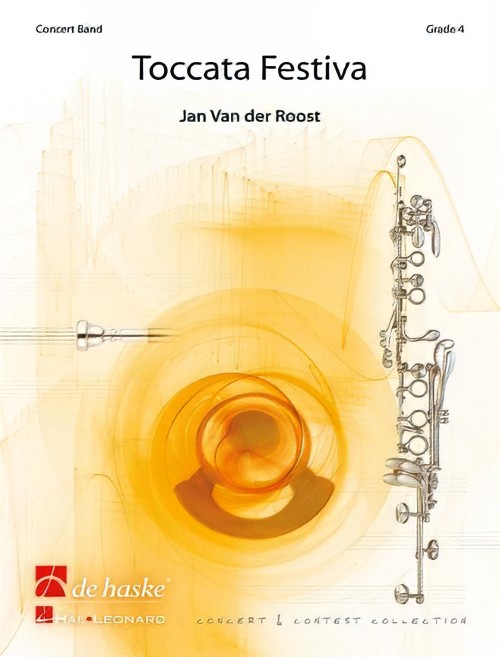 £174.99
£174.99Toccata Festiva (Concert Band - Score and Parts) - Van der Roost, Jan
Toccata Festiva was commissioned in 1994 by the Dutch Brass Band Championships. The wind band version was made a year later by the composer himself. Historically speaking, the toccata is considered to be one of the first independent instrumental forms for keyboard instruments. Originally the toccata was typically more or less improvised, later this musical form was given a more regulated structure. Both elements are used in the Toccata Festiva: on the one hand the different themes are developed freely, on the other, the piece has an orderly structure. It is in a three part form (quick-slow-quick) and includes both strong rhythmical figures and broad melodic lines. Part of the composition is written in a more or less archaic tone idiom, referring to the period from which the toccata form originates (16th century).Duration: 13:30
Estimated dispatch 7-14 working days
-
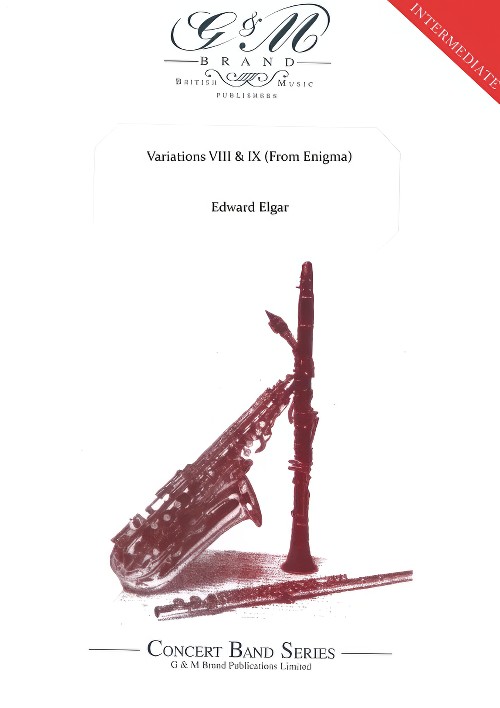 £59.95
£59.95Variations VIII & IX (From Enigma) (Concert Band - Score and Parts) - Elgar, Edward - Brand, Geoffrey
Elgar's Variations for orchestra were written during 1898-9; they are dedicated "To my friends pictured within" Each of the 14 variations is a musical portrait to one of the composer's friends. Over the 17 bar theme which inspired the Variations, Elgar wrote the word ENIGMA. Later he said, "The ENIGMA I will not explain - its "dark saying" must be left unguessed" In Variation VIII W.N. is Winifred Norbury. In 1897 local friends organised a choral and orchestral society for Elgar to conduct. The secretaryship of The Worcester Philharmonic, as the society was called, was shared by two ladies, of whom W.N.. was one She has been described as "very sedate and calm, rather like a kind governess with Elgar, but had a sense of humour - and a laugh, rather like a deep bell". Variation IX Nimrod is Elgar's deeply felt tribute toA.J.Jaeger, his German-born friend who worked for the publisher Novello and Co. His sincere support meant a great deal to Elgar. Jaeger, in German, means "hunter". Elgar concealed this in the nickname Nimrod. The variation has become extremely popular and is often played on thoughtful occasions. In this arrangement, either W.N. or Nimrod can be played alone. However, in the Variations they are linked by Elgar in an inspired manner.
Estimated dispatch 7-14 working days
-
 £11.95
£11.95Variations VIII & IX (From Enigma) (Concert Band - Score Only) - Elgar, Edward - Brand, Geoffrey
Elgar's Variations for orchestra were written during 1898-9; they are dedicated "To my friends pictured within" Each of the 14 variations is a musical portrait to one of the composer's friends. Over the 17 bar theme which inspired the Variations, Elgar wrote the word ENIGMA. Later he said, "The ENIGMA I will not explain - its "dark saying" must be left unguessed" In Variation VIII W.N. is Winifred Norbury. In 1897 local friends organised a choral and orchestral society for Elgar to conduct. The secretaryship of The Worcester Philharmonic, as the society was called, was shared by two ladies, of whom W.N.. was one She has been described as "very sedate and calm, rather like a kind governess with Elgar, but had a sense of humour - and a laugh, rather like a deep bell". Variation IX Nimrod is Elgar's deeply felt tribute toA.J.Jaeger, his German-born friend who worked for the publisher Novello and Co. His sincere support meant a great deal to Elgar. Jaeger, in German, means "hunter". Elgar concealed this in the nickname Nimrod. The variation has become extremely popular and is often played on thoughtful occasions. In this arrangement, either W.N. or Nimrod can be played alone. However, in the Variations they are linked by Elgar in an inspired manner.
Estimated dispatch 7-14 working days
-
 £89.99
£89.99Band Fever (Concert Band - Score and Parts)
Modern wind music in the style of the great Big Bands was the model for the composition Band Fever by Otto M. Schwarz. It was written on commission of the prestigious South Tyrolese concert band, Symphonic Winds. The piece features two soloists, one saxophone and one flugel. Rhythms like Hip Hop Style and Double Samba support a catchy melody, which is later taken up by the full band, forming the basis for the above-mentioned soloists' improvisations. A unique work in the world of wind music, Band Fever allows both soloists and conductor to display individuality and creativity. It is especially suitable as an opener of the light part of a concert, or as a feature number for special soloists in the orchestra. 04:30
Estimated dispatch 7-14 working days
